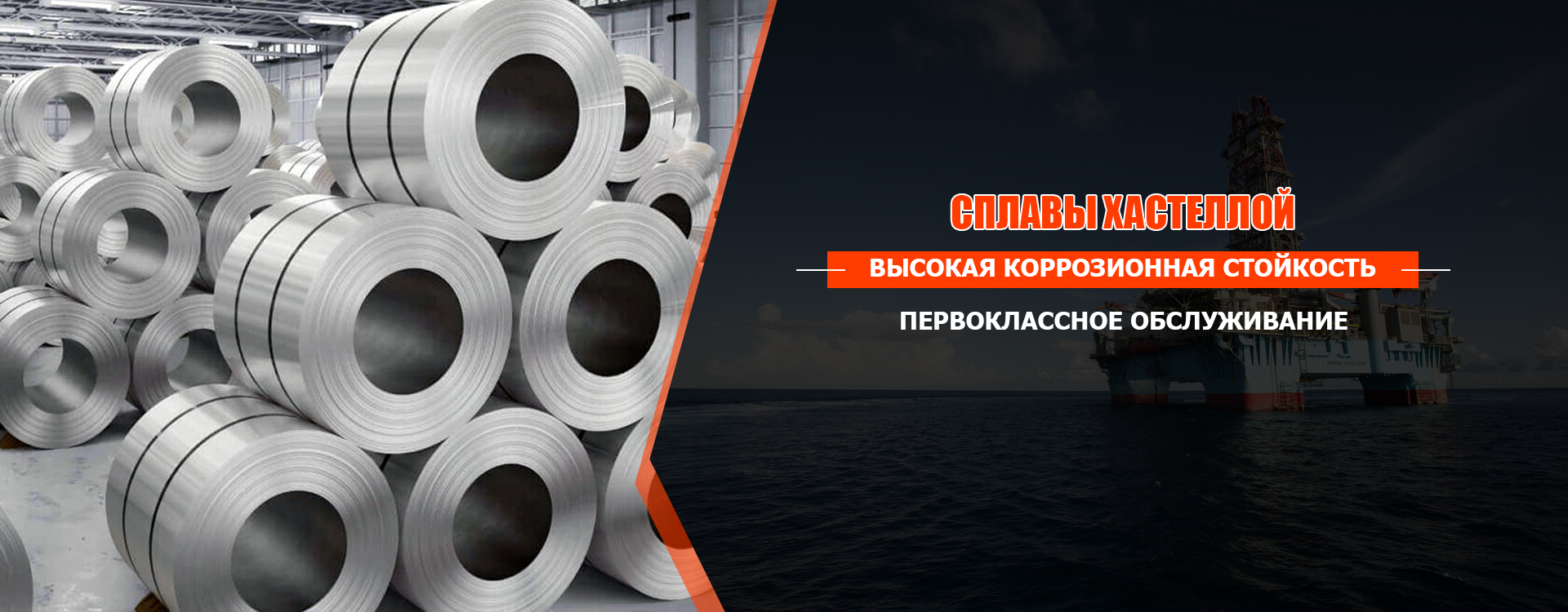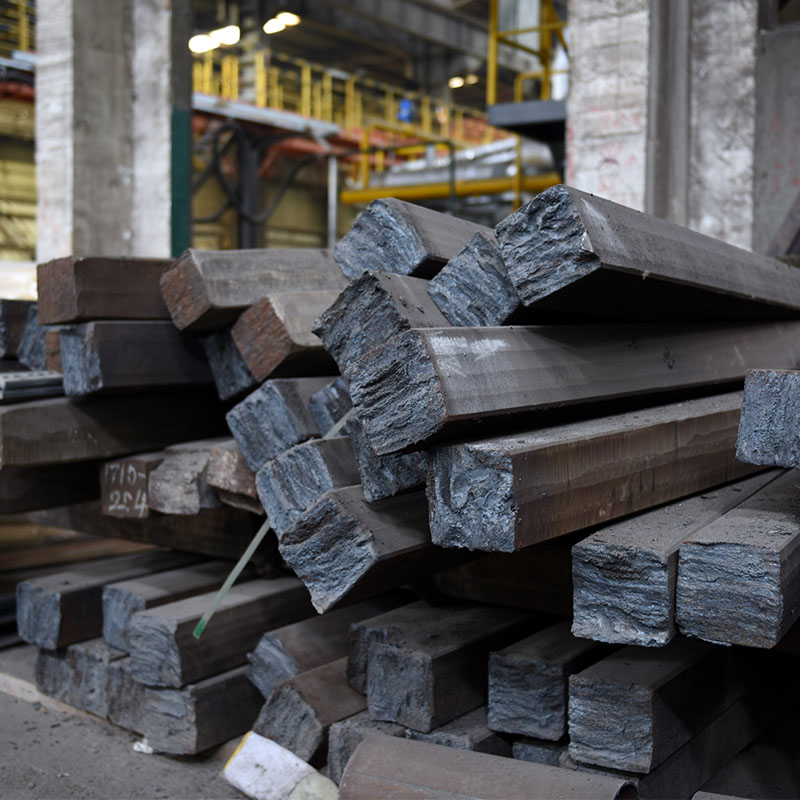
corrosion -resistant stainless steels and alloys
Corrosion -resistant stainless steels and alloys
Stainless steels and alloys are materials that are famous for their amazing ability to withstand corrosion. Imagine a metal that does not rust, does not oxidize and retains its attractive appearance for many years. It is these properties that make them indispensable in many sectors of our lives.
Types and mechanisms of corrosion resistance
Different types of stainless steels and alloys are characterized by composition and, accordingly, the ability to withstand various types of corrosion. The key role is played by the presence of chromium in their composition. Chromium atoms, forming a protective passivating film on the surface of the metal, as if creating an invisible shield that prevents the interaction of metal with the environment. Other elements, such as nickel and molybdenum, additionally enhance corrosion resistance, making steel more resistant to aggressive chemicals, acids and alkalis. As a result, the alloy adapts to specific conditions, creating unique protection.
Application in various industries
Stainless steels and alloys are indispensable materials in various fields. From the food industry, where safety and hygiene are required, to the chemical industry, where aggressive environments are the norm, these materials are used everywhere. They serve as the basis for kitchen utensils, medical equipment, pipelines, architectural elements. In shipbuilding, due to high strength and corrosion resistance, they create strong and durable structures. Due to its properties, these materials are the key to maintaining integrity and security in various industries.
The future of corrosion -resistant materials
The development of technology does not stand still, and researchers are constantly working on the creation of new, even more advanced corrosion -resistant alloys. Scientists are looking for ways to improve properties, such as strength, plasticity and, of course, corrosion stability. This opens up new prospects for use in difficult conditions where traditional materials cannot cope with tasks. For example, new alloys can help create more environmentally friendly and durable structures. Technological breakthroughs promise us surprisingly functional and durable materials for the future.
AppropriateProducts
Corresponding products
The best soldproducts
The best -selling products-
 Histella alloy C-276 (N10276)
Histella alloy C-276 (N10276) -
 High -temperature bearing steel G102CR18MO (9CR18MO)
High -temperature bearing steel G102CR18MO (9CR18MO) -
 Superfisted stainless steel 316L-uhp-a
Superfisted stainless steel 316L-uhp-a -
 Alloy Incola 825 (N08825)
Alloy Incola 825 (N08825) -
 (Super) High -strength steel A100
(Super) High -strength steel A100 -
 HH4169 frying alloy (in718)
HH4169 frying alloy (in718) -
 Austenitic stainless steel n08367
Austenitic stainless steel n08367 -
 Dispersion-hardening stainless steel 630 (17-4ph)
Dispersion-hardening stainless steel 630 (17-4ph) -
 Alloy Inconel 625 (N06625)
Alloy Inconel 625 (N06625) -
 Alloy Monel 400 (N04400)
Alloy Monel 400 (N04400) -
 Duplex steel 2205 (F60)
Duplex steel 2205 (F60)
Connectedsearch
Related search- Manufacturer of stainless steel 5 mm pipes buy
- Stainless steel pipes manufacturers for purchase
- Buy a durable inconsel 718 manufacturer
- Incoloy alloy factories in China
- Heptilian manufacturers from China
- 631 (17-7PH) Plants in China
- Buy suppliers Hastella B 4 Nimofer 6629
- Buy 632 (15-7ph) Plant
- InConel 750
- Buy a high temperature of bearing steel 8cr4MO4V suppliers





